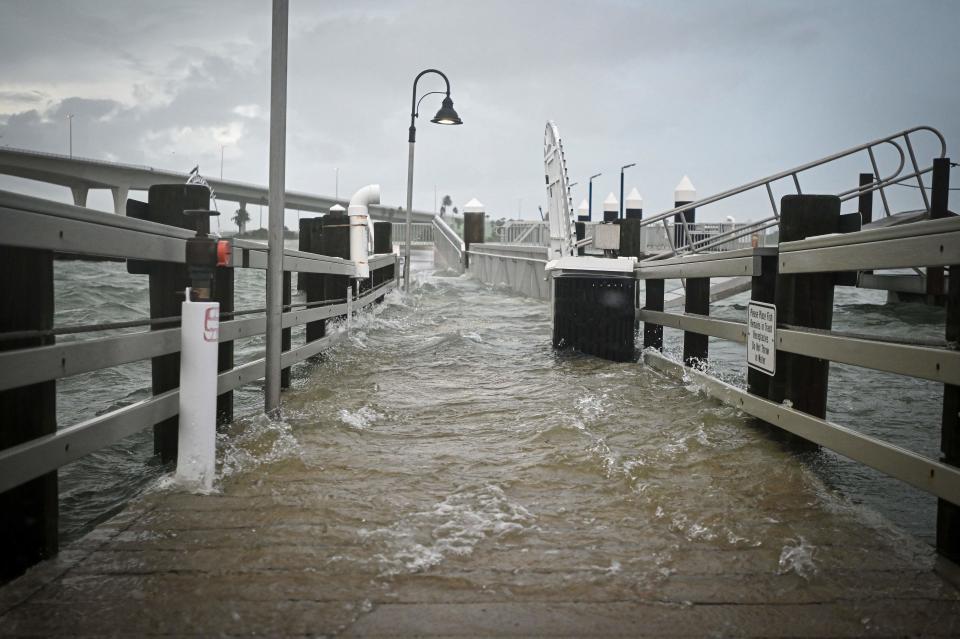The beaches are getting closer to us all the time | Sam Venable
Earth Day, 2024
Second of two parts
“Psst! Hey, buddy! Want some Southeast coastal property for a long-term investment? Do I have a deal for you!
“Start looking around mid-state in North Carolina, South Carolina, Louisiana, Alabama, Mississippi and Florida. Any ol’ stretch of rural dirt will do.
“All you need are a few acres here, a few acres there. You can get ’em on the cheap right now. Then just sit back and watch those beachfront prices soar!
“Huh? What’s that? You say those regions are nowhere near saltwater?
“Sure, not now they aren’t. But way on down the pike it could be a different story. That’s the key to smart investing. You know: buy low, sell high.
“Uh, except in this case, you’ll want to buy high and sell low — in elevation.”

Alright, enough facetiousness. I seriously doubt surfers will ever ride the waves that far inland from the Atlantic Ocean and Gulf of Mexico. But there’s no denying the fact that many towns we now think of as “coastal” are submerging. Rather quickly, in fact.
A recent study at Virginia Tech University identified 32 U.S. coastal cities that now experience regular flooding and are likely to be treading water as early as 2050.
Other scientists agree. In a February blog post, NASA’s Earth Observatory said if the flooding wasn’t concerning enough already, “many coastal communities could all but disappear because they’re sinking.”
Why? A variety of factors. NASA calls it a “geologic two-step.”
One part is natural. It’s been going on since the dawn of creation as tectonic plates continue to shift.
But these changes are occurring at a faster pace because of human activity: sea level rise due to glacial melting, groundwater extraction, drilling, and residential-commercial-industrial construction.
These tweaks are being measured in millimeters for now. But they’re relentless and cumulative.
Leonard Ohenhen, lead author on the Virginia Tech study, put it in words we nautical laymen can appreciate.
“Imagine you are in a boat with a steady leak, slowly causing it to sink,” he said in a press release from the university. “That leak symbolizes sea level rise or broad flooding. But what would happen if it also starts raining? Even a minor drizzle would cause the boat to sink more quickly than you thought it would. That’s what land subsidence does. Even imperceptible (changes) exacerbate existing coastal hazards.”
I suppose it’s some consolation that those of us on Rocky Top don’t need a life raft. Not yet, anyway.
But if water polo replaces football at Neyland Stadium, perhaps we’ll see things from a different perspective.
Sam Venable’s column appears every Sunday. Contact him at sam.venable@outlook.com.
This article originally appeared on Knoxville News Sentinel: Sam Venable: The beaches are getting closer to us all the time

